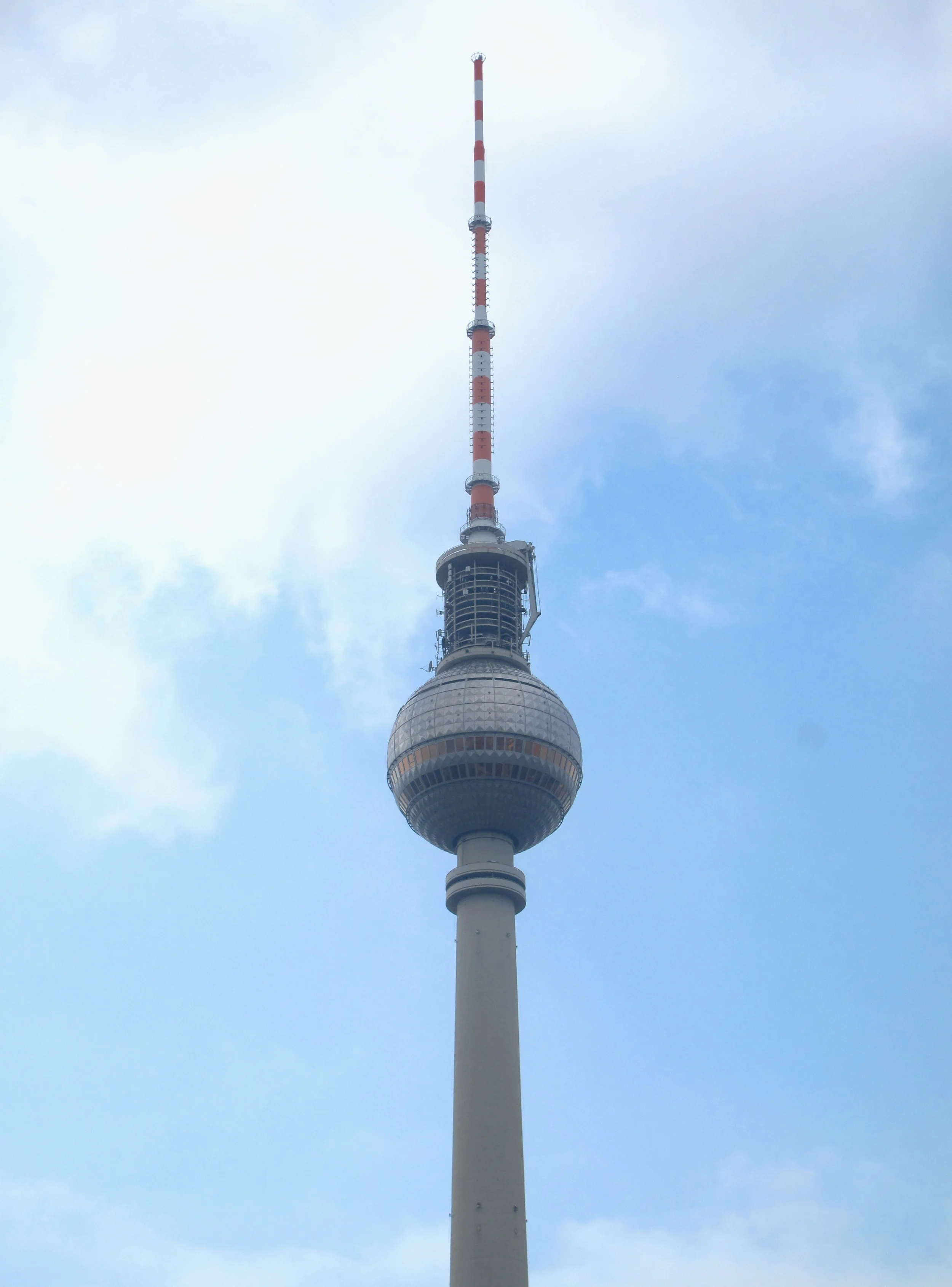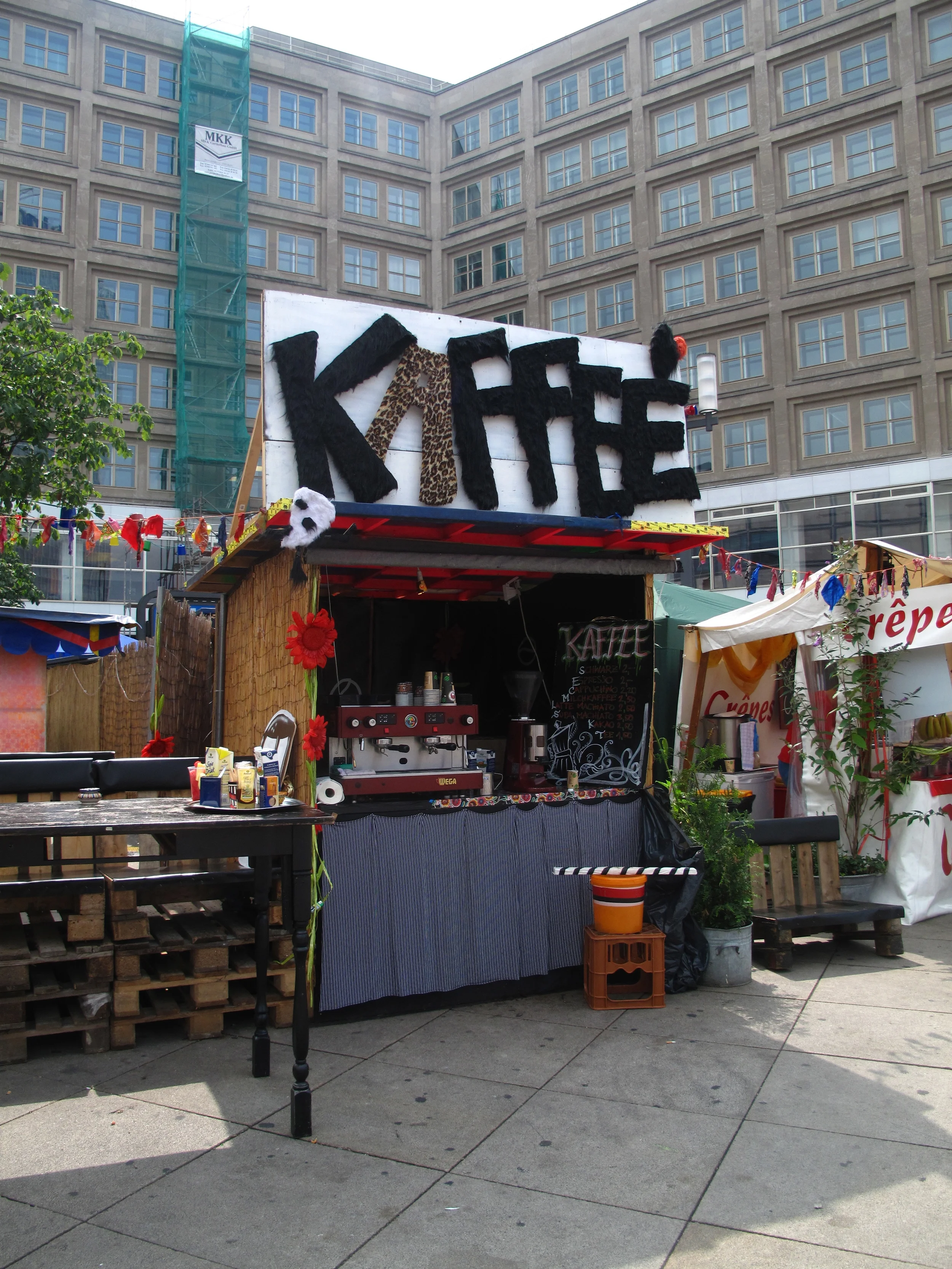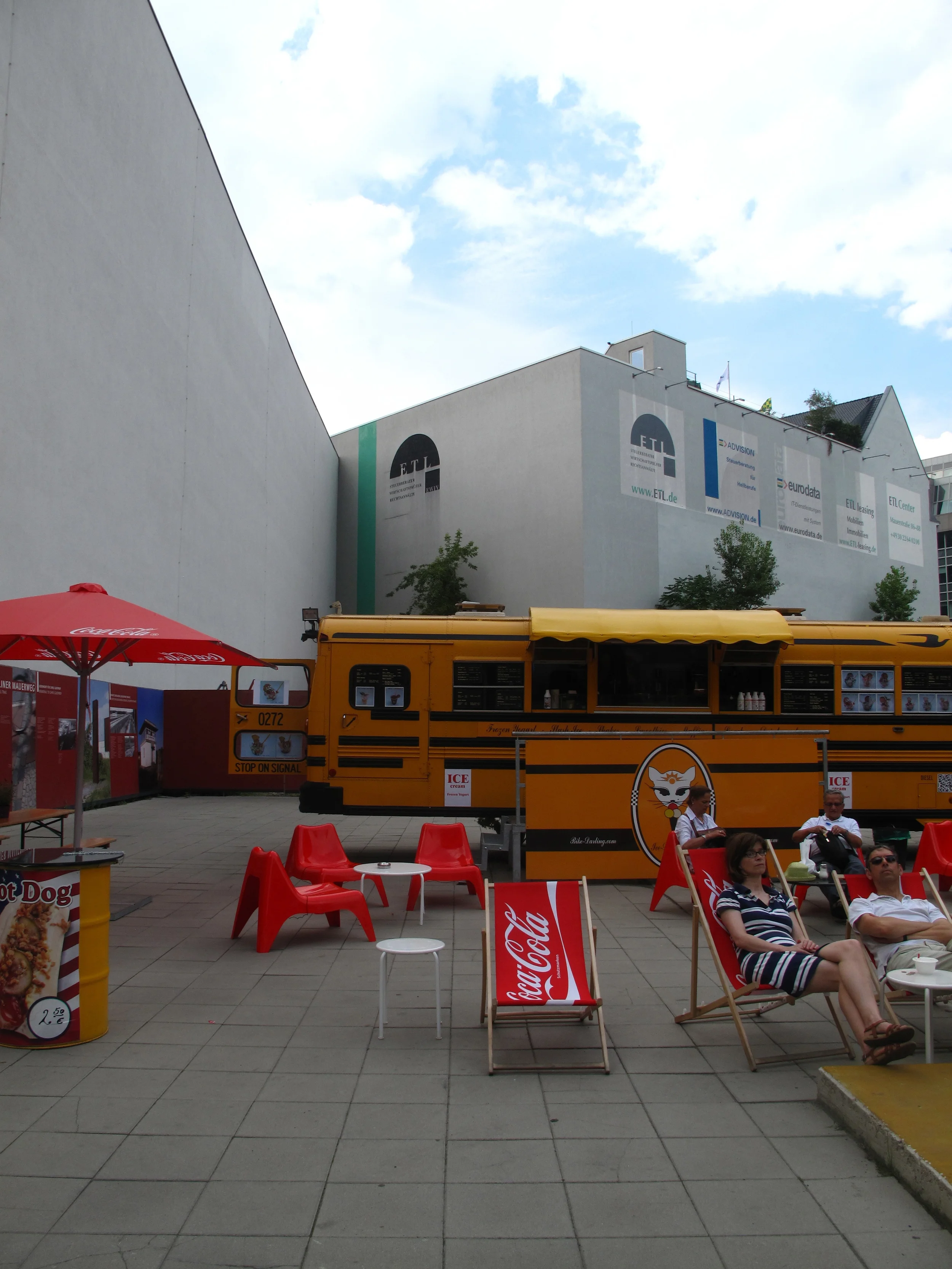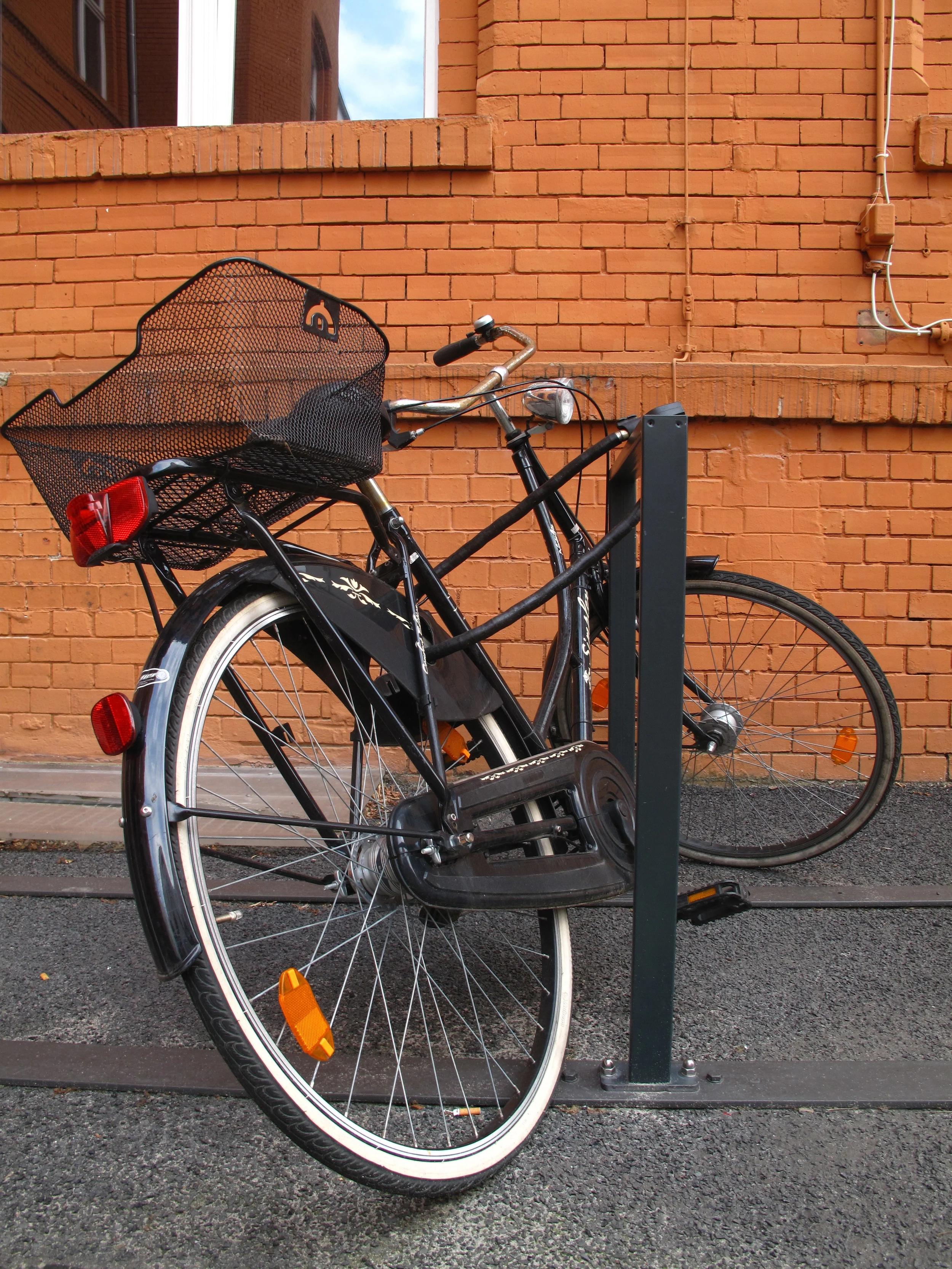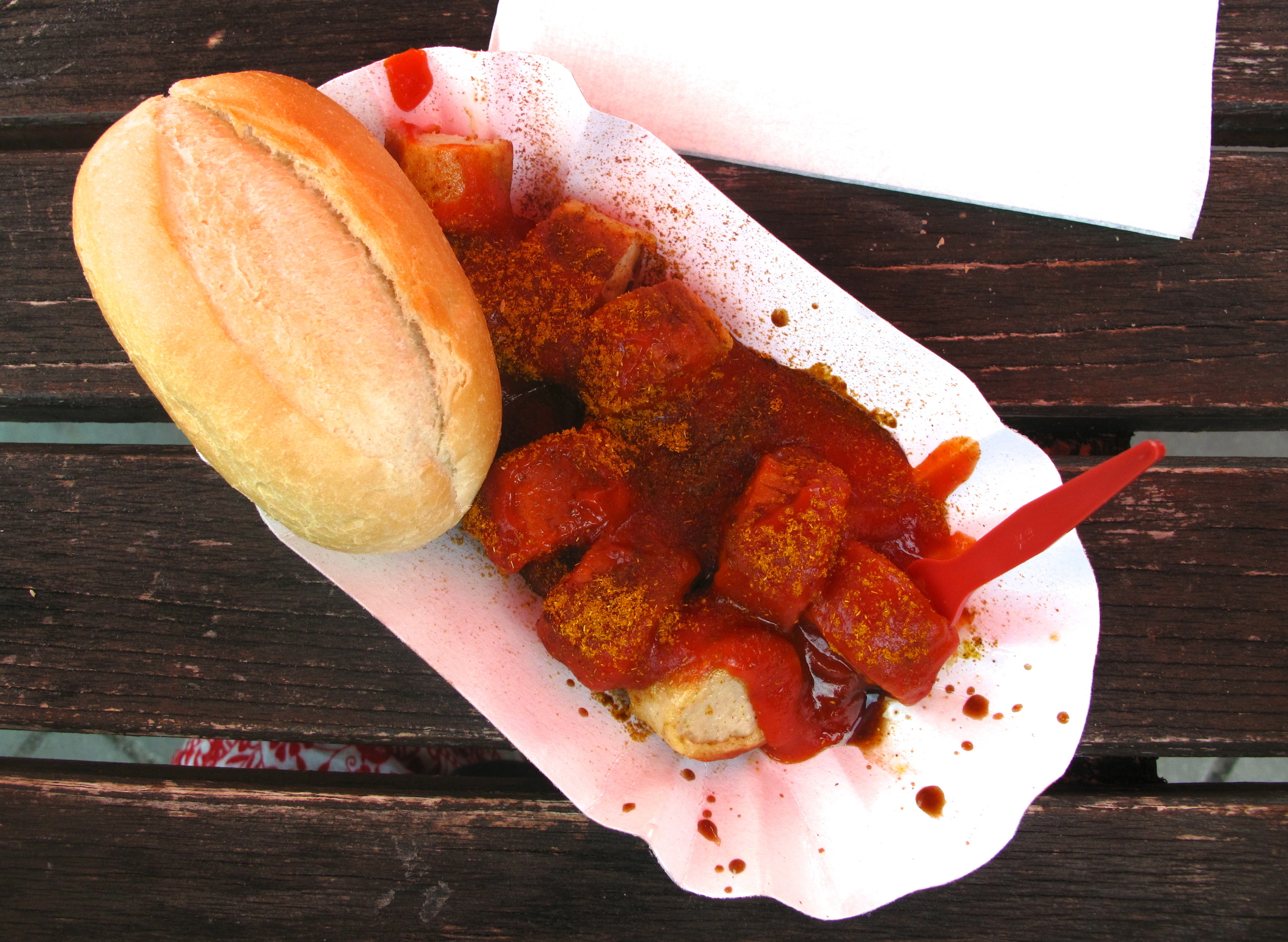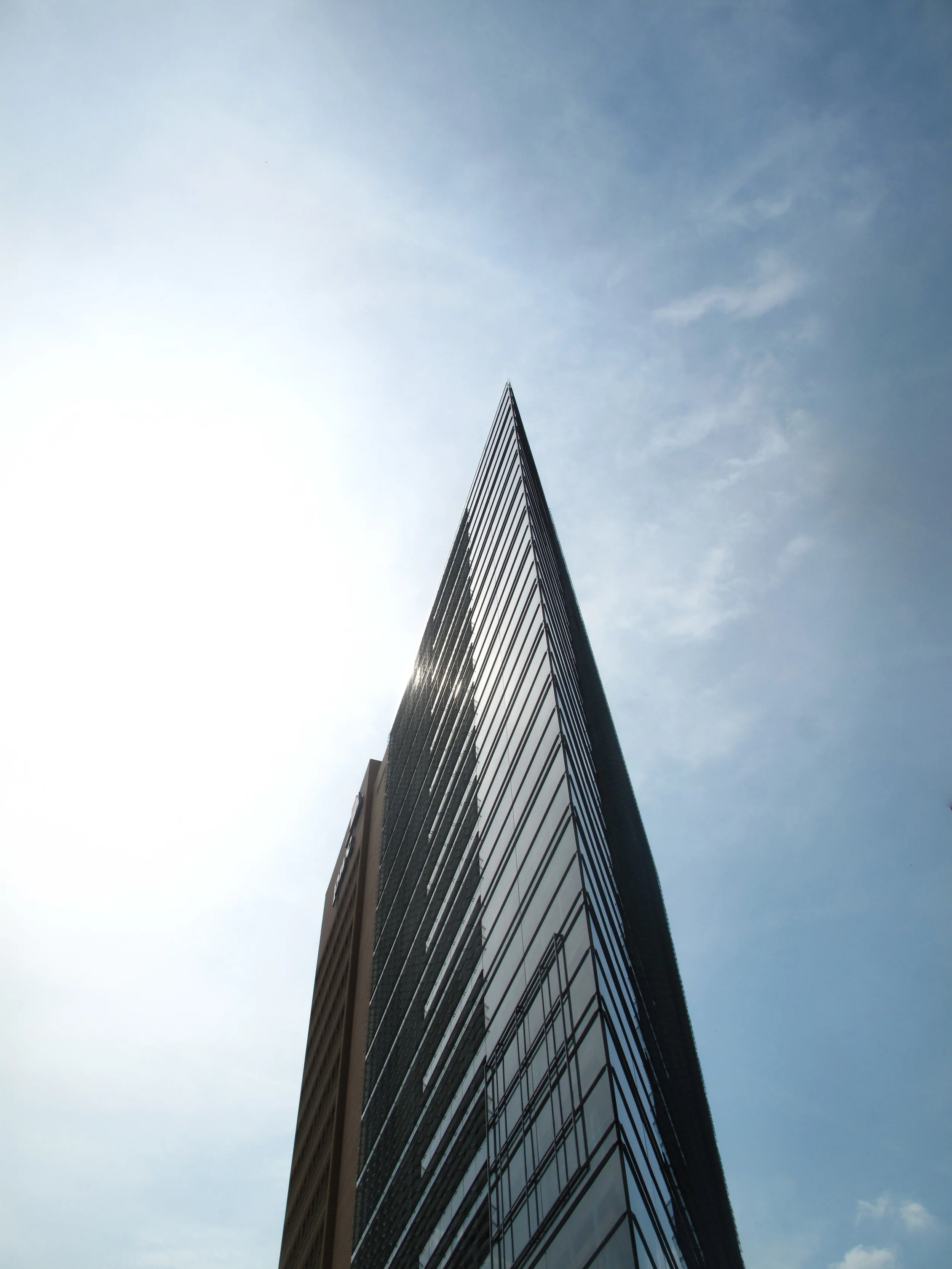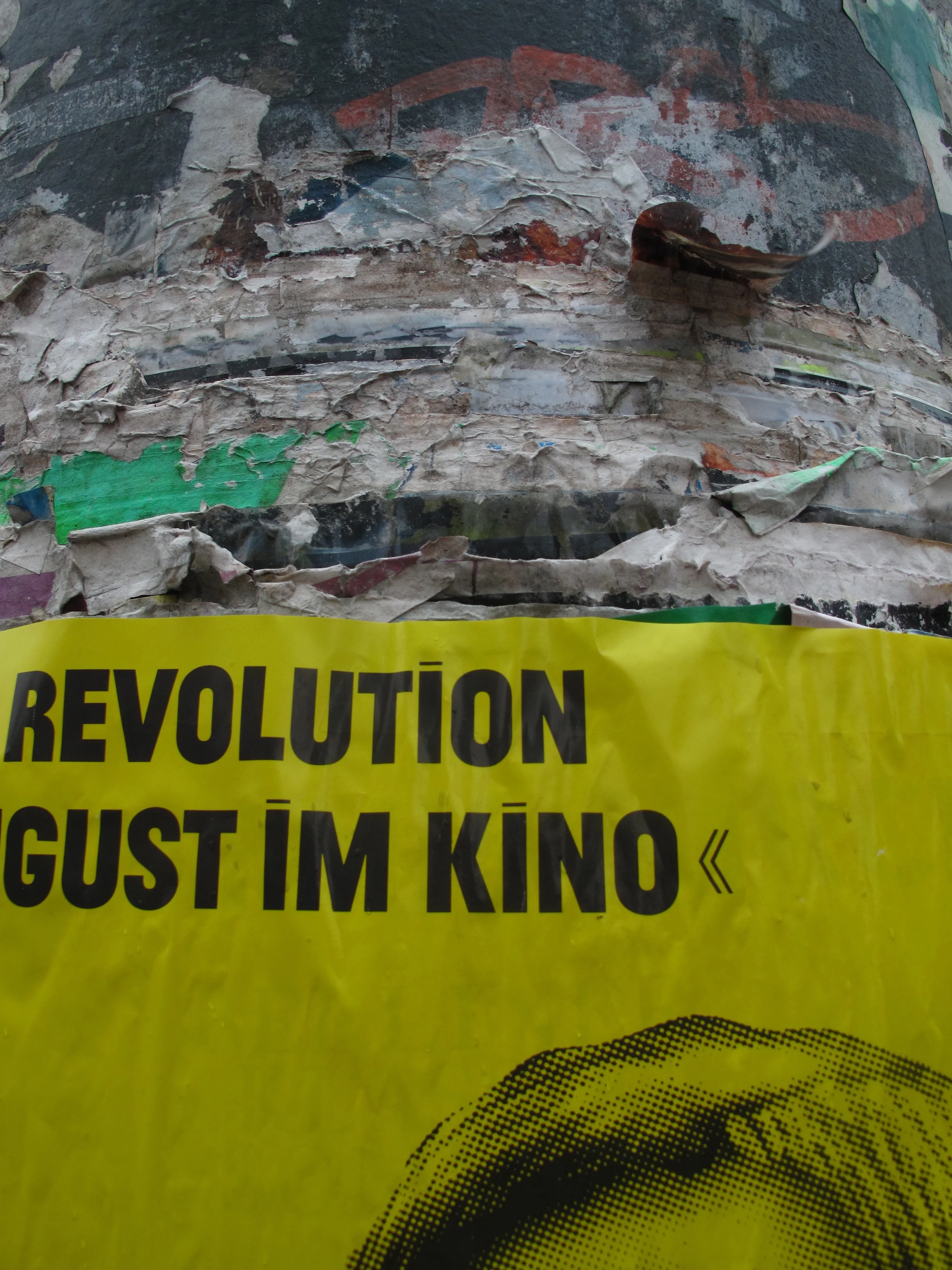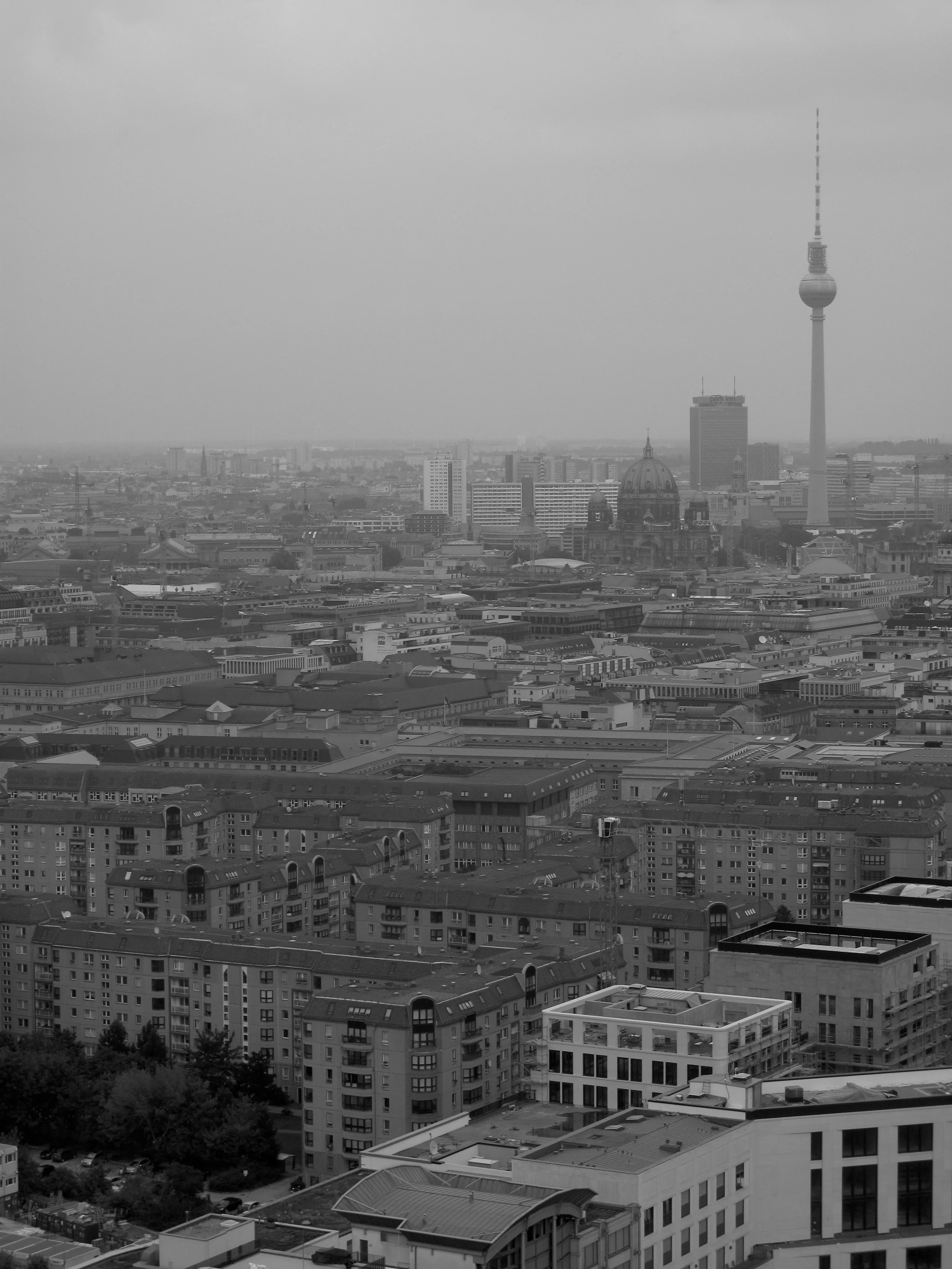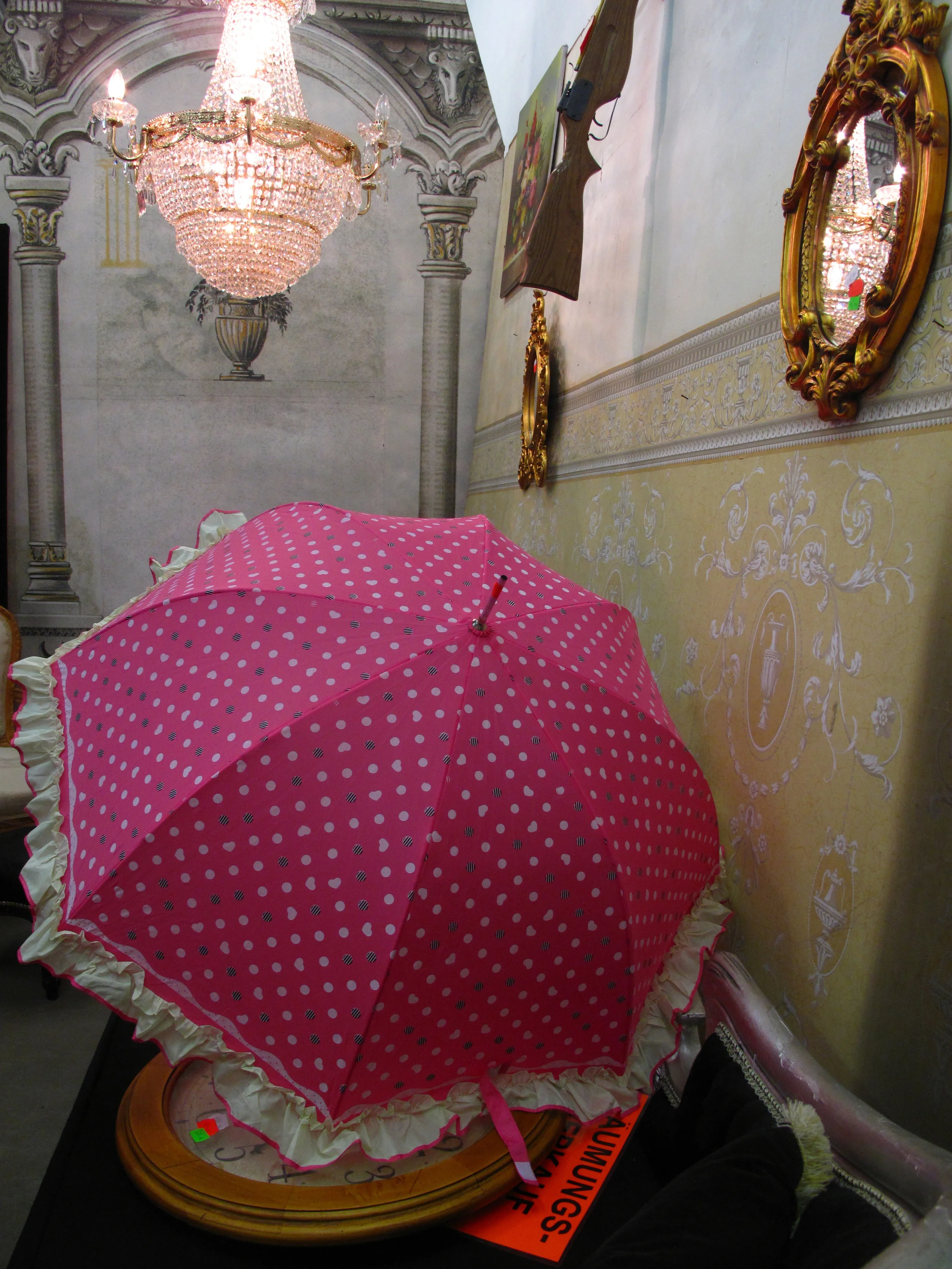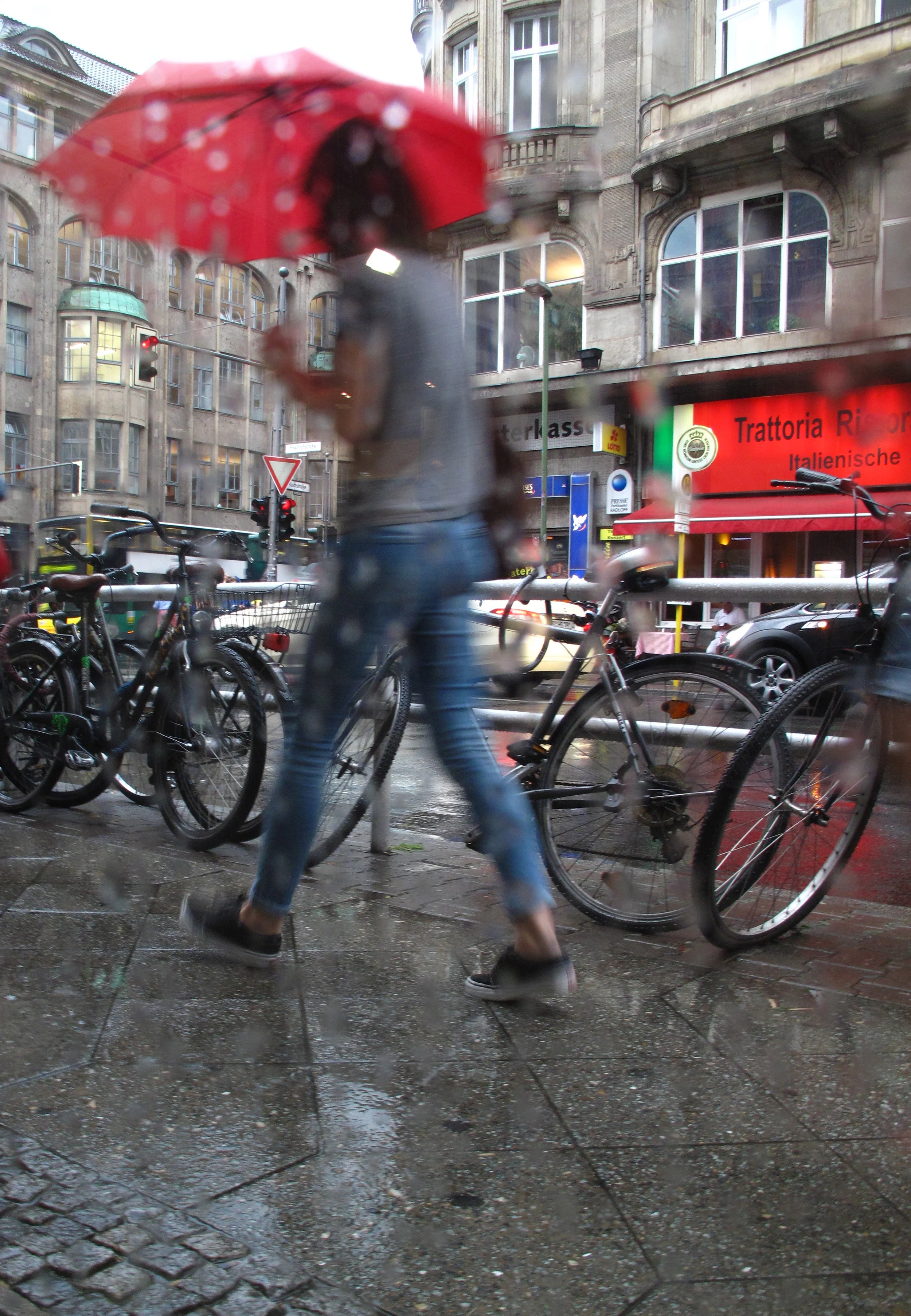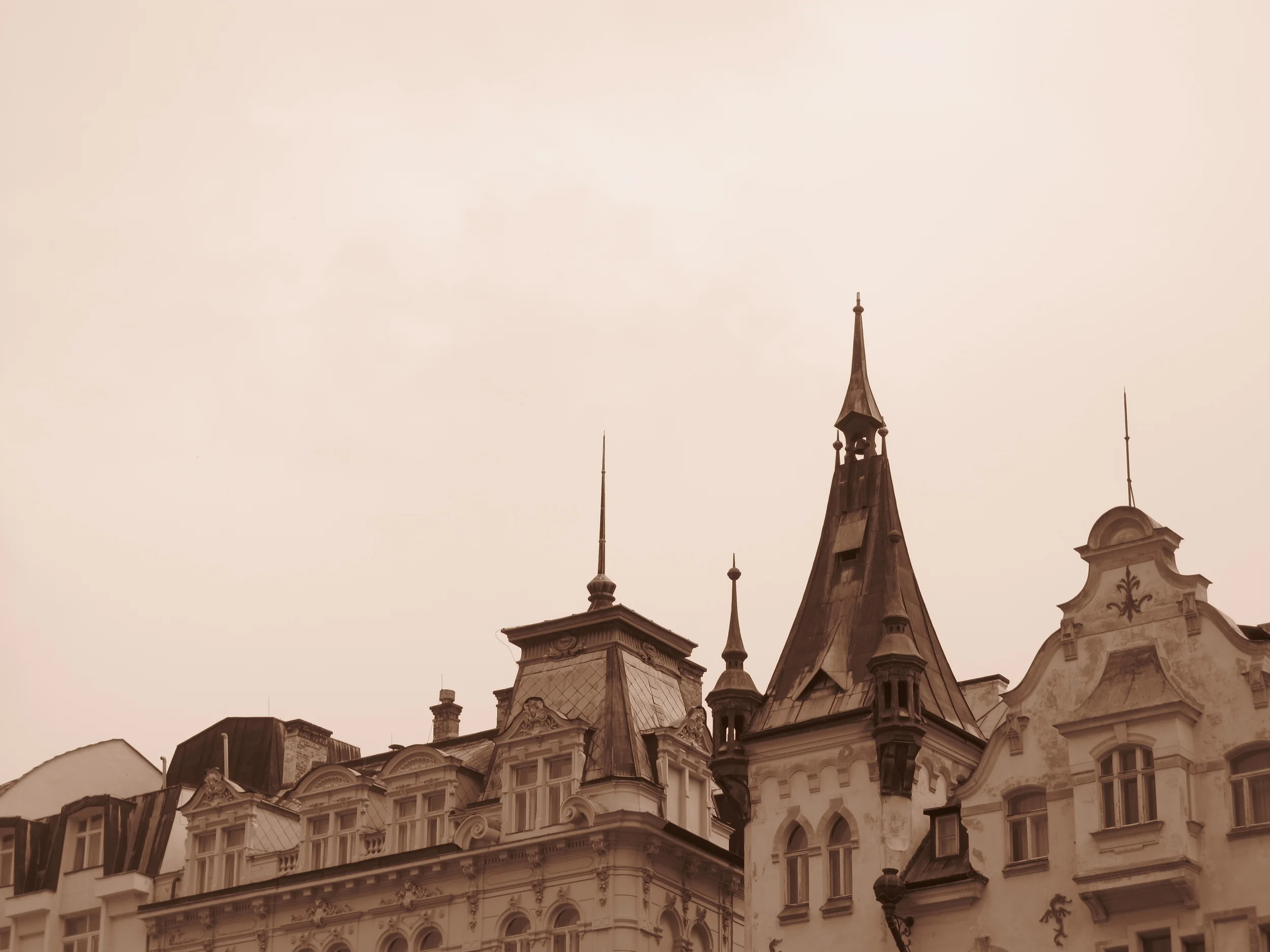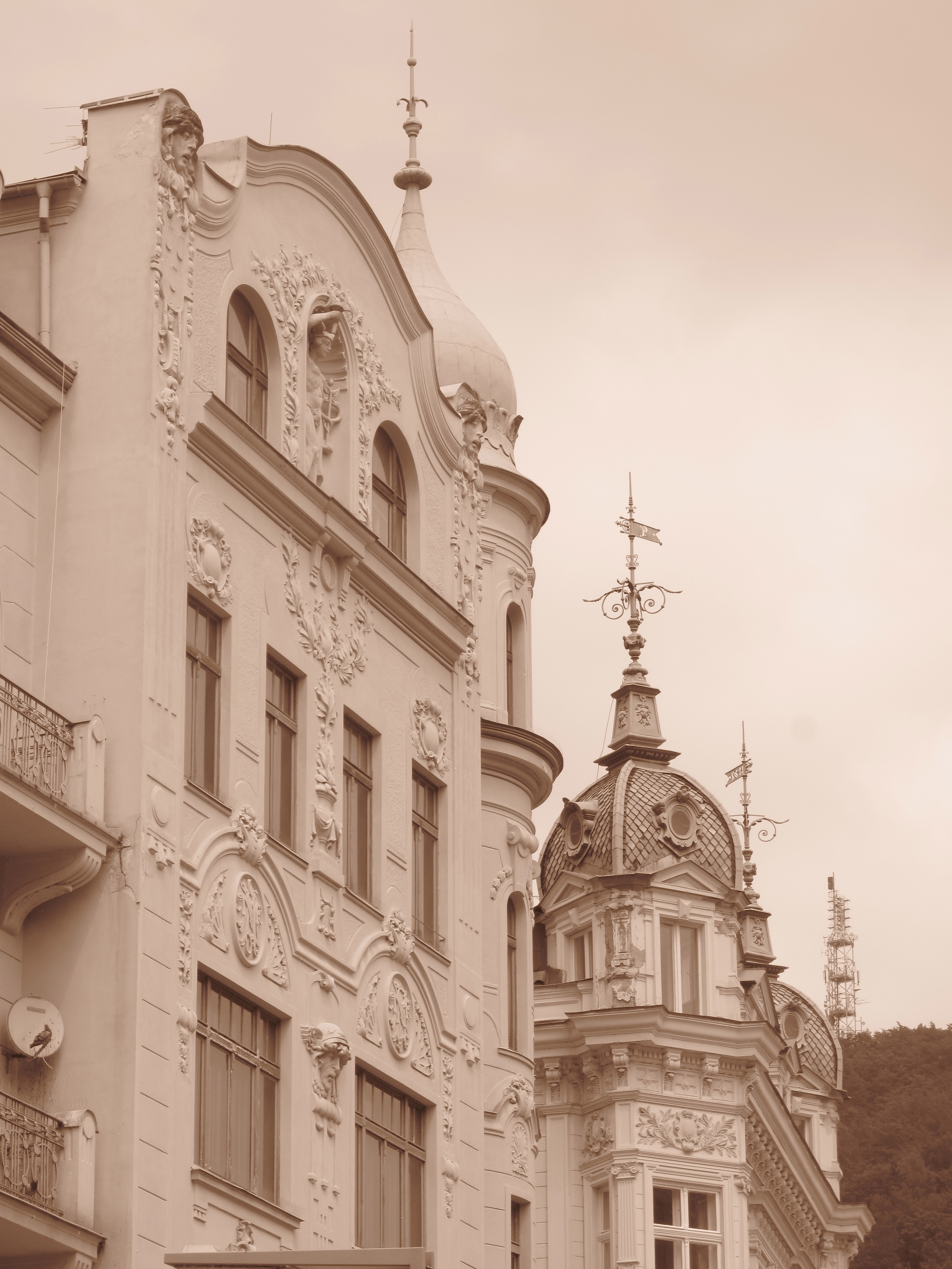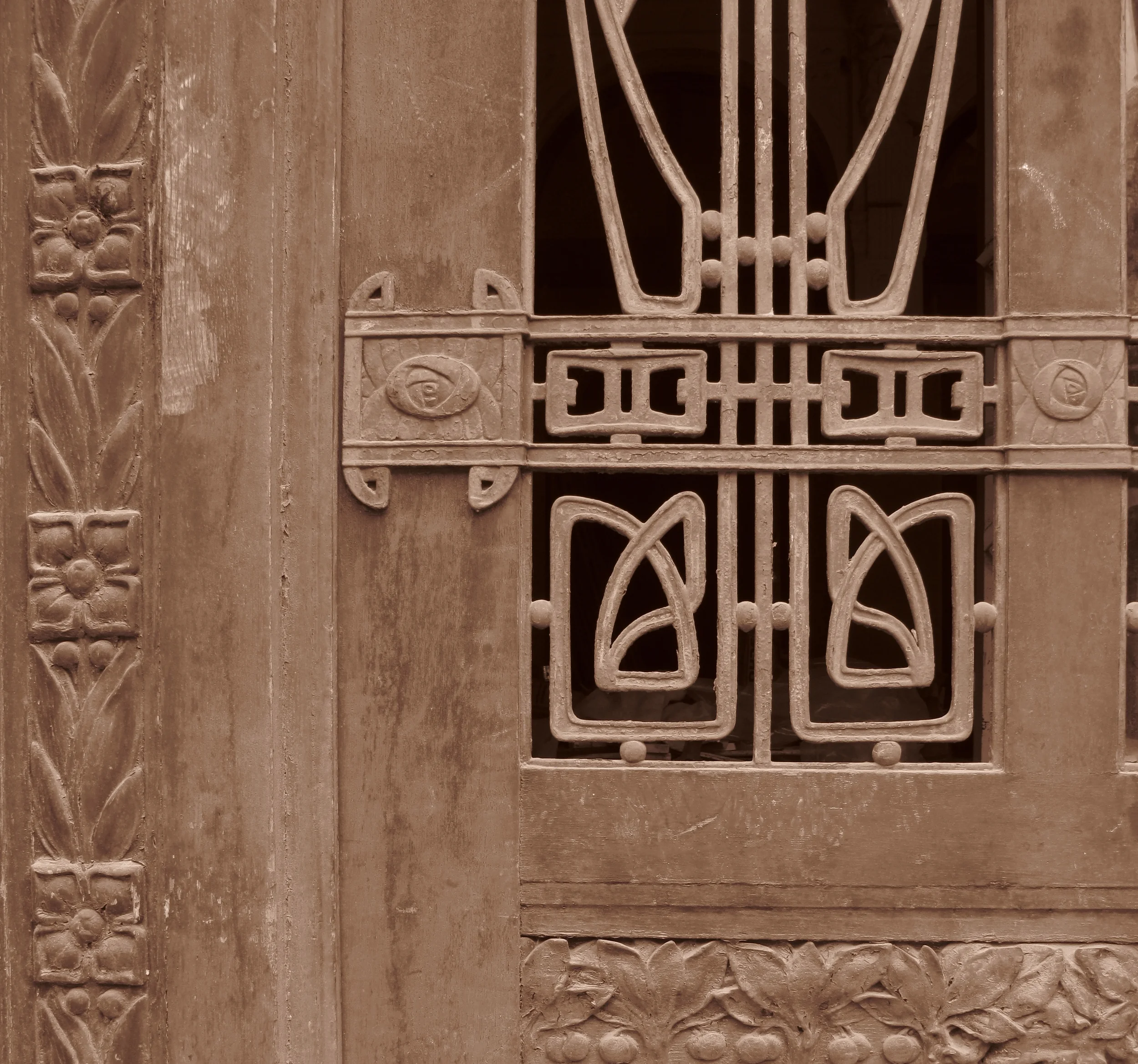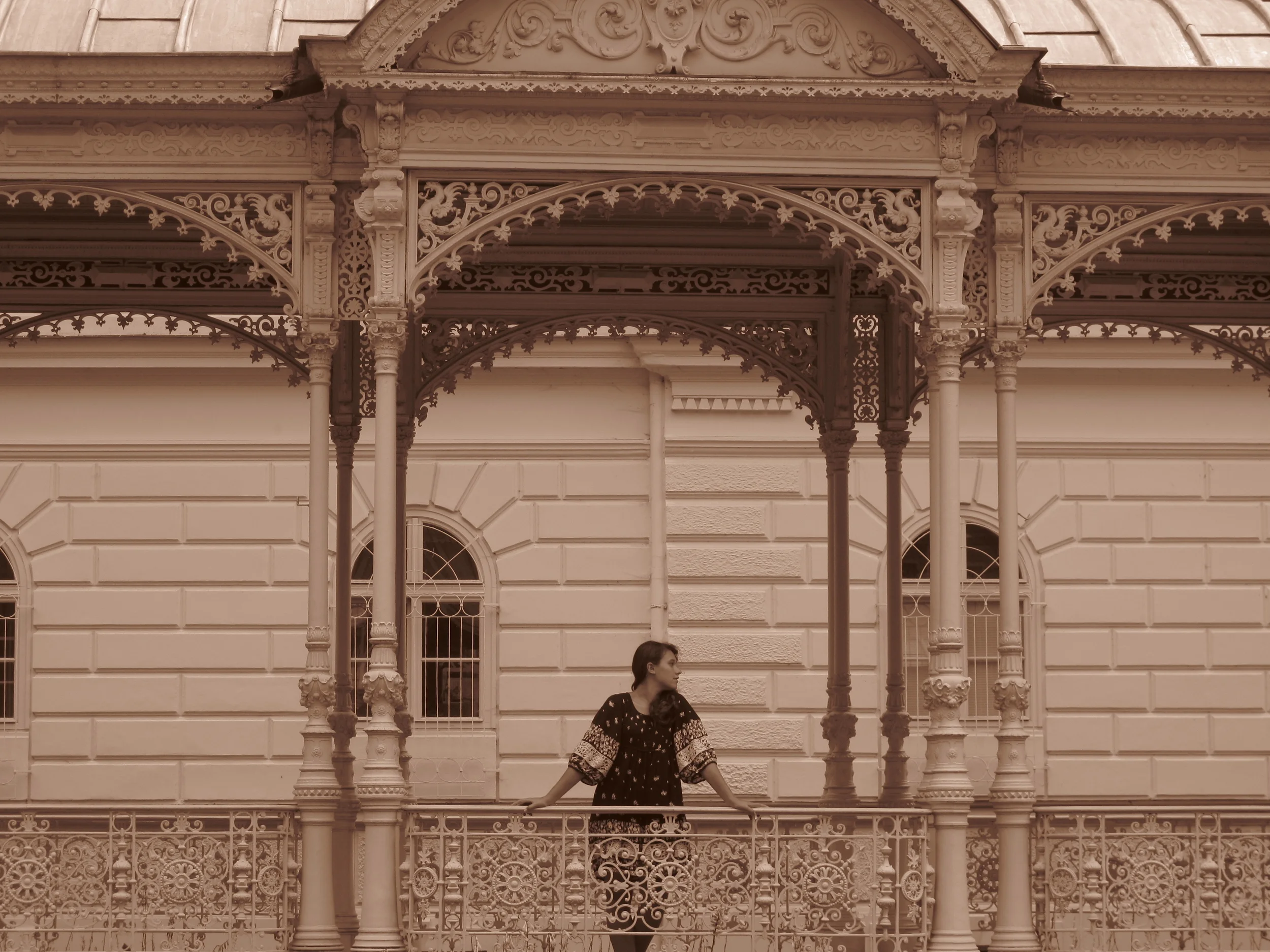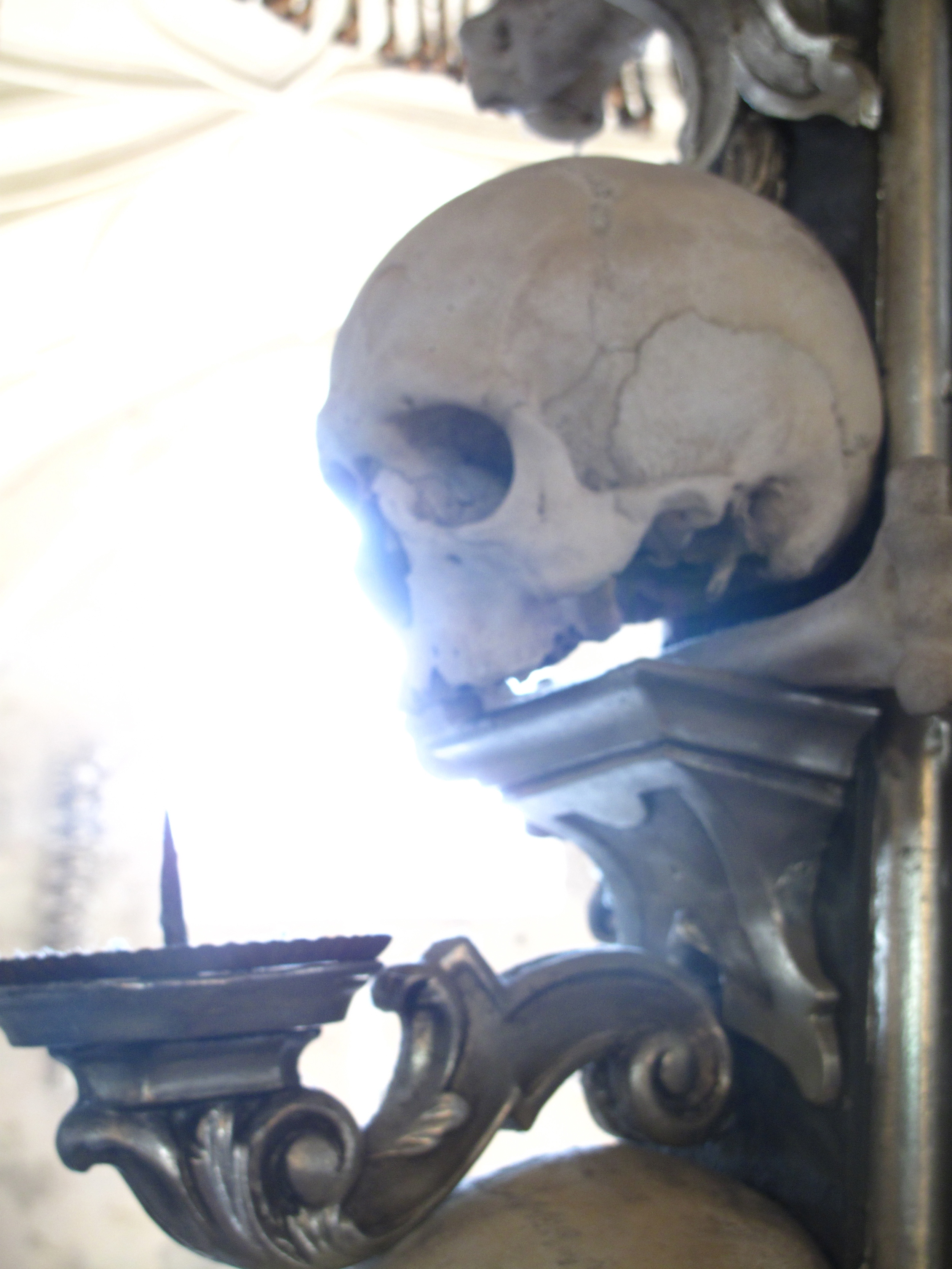“You are crazy, my child. You must go to Berlin.”
My French next-door-apartment-neighbor was a wild kinda guy. He had long grey dreads that always were lifted off the ground by one of their own, and a pair of vivid blue eyes in a dark face. He played electronic music in the middle of the day, the sounds reverberated around the building and in the walls. He told me on no uncertain terms, that I absolutely must visit Berlin.
So, of course I had to visit Berlin.
Berlin was cool. The kinda cool that seems effortless, that doesn't give a rat's ass about anything. In the U-bahn, a young man took his shoes off and reclined along the seats with a book over his face. On the streets, we found a multitude of art forms, expressions, posters screaming 'revolution,' stickers, times and dates of small indie gigs, graffitied scrawls of space-exploring penguins. There were recycling bins everywhere! It was also a raw place - the past cannot hide in Berlin. It is written on the walls in bullet-holes, and the new city has made its home in the shells of the old, like a hermit crab. And the sunsets were always gorgeous: a dark red sun that drifts past an orange horizon into the florescent night. Berlin was so darn cool.

